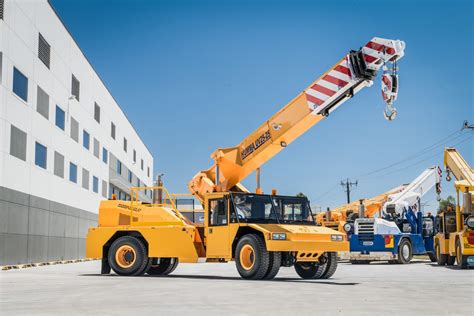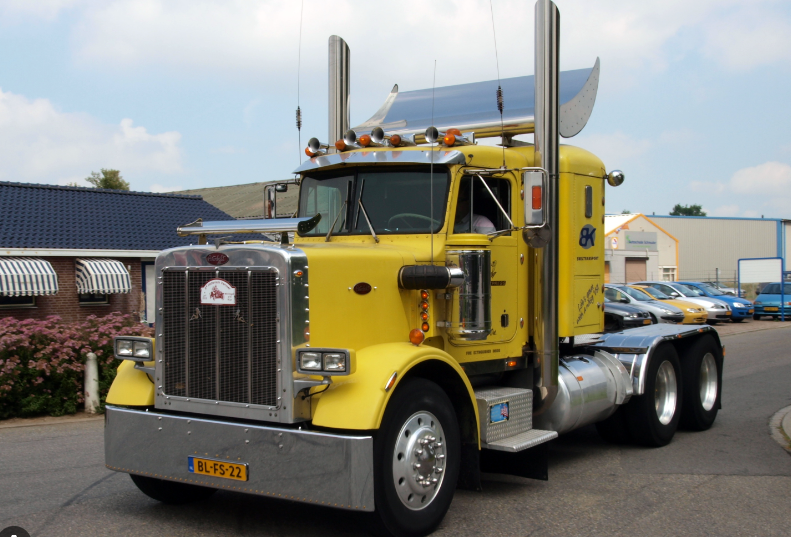Tower cranes are ubiquitous on most modern construction sites and play an important role in the successful completion of many large-scale building projects. These tall and imposing machines are designed and engineered to perform a range of challenging lifting tasks, and to help builders and contractors overcome some of the biggest challenges they face when constructing today's modern high-rise buildings. In this article, we will look at how tower cranes work, the different types of tower cranes, and the role they play in modern construction projects.
The Components of a Tower Crane
The tower crane is made up of a series of main components, each of which has an important job to perform. The vertical section of the crane is known as the mast, which comprises several sections joined together by steel pins. The slewing unit is the component that enables the crane to rotate around its vertical mast, thus covering a large work area. The working jib, which is the long horizontal arm that extends from the slewing unit, carries a lifting device called the hook block, which is suspended by steel cables.
The Physics of Tower Cranes
Tower cranes use a combination of counterweights and the force of gravity to balance the weight of the load being lifted. When a crane operator wants to lift a load, the hoist motor turns the hoist drum, drawing in the cable, which in turn lifts the hook block that is attached to the load. The counterweight, which hangs from the back of the crane, acts in opposition to the load being lifted, and balances the force of the load to keep the crane stable. The crane operator is an integral part of the process, using a variety of controls and levers to direct the crane's movement.
Type of Tower Cranes
There are several different types of tower cranes, each designed for specific applications. One of the most common types is the hammerhead crane. This crane features a horizontal jib that extends from the end of a tower. Another common type is the luffing crane, which has a jib that can be raised or lowered. Crawler cranes are another type, which are mounted on tracks or crawlers instead of being fixed to a foundation. Finally, the self-erecting tower crane is a type that can be transported to a job site in one piece, and erected by the crane operator.
The Importance of Tower Cranes in Construction
Tower cranes are indispensable in modern high-rise construction due to their impressive load-bearing capacities and ability to reach great heights. Building tall skyscrapers or other high-rise buildings would be almost impossible without the use of tower cranes, which can operate up to several hundred feet in height. These cranes can also lift and move heavy materials and equipment from ground level to great heights, making the job of construction workers and building professionals much easier, efficient, and safer.
Conclusion
In conclusion, tower cranes are powerful tools that help make high-rise building construction possible. Understanding how these cranes work can help improve safety and increase productivity on construction sites. As buildings continue to reach new heights, tower cranes will continue to play an essential role in the world of construction, helping builders and contractors push the boundaries of what is possible with modern architecture and engineering.
"











